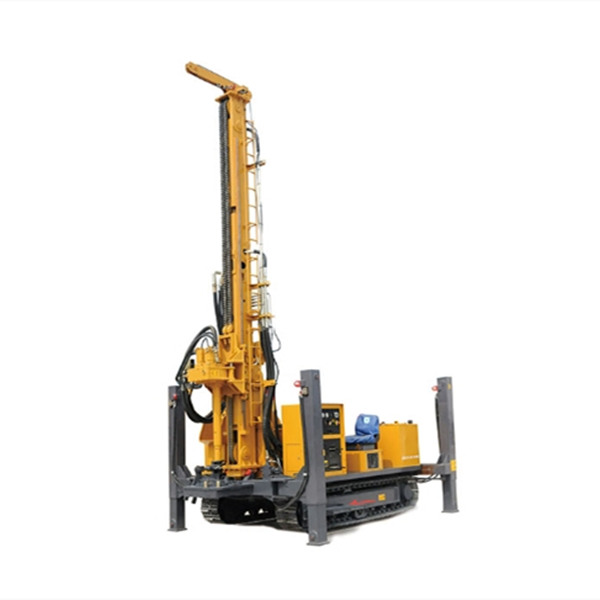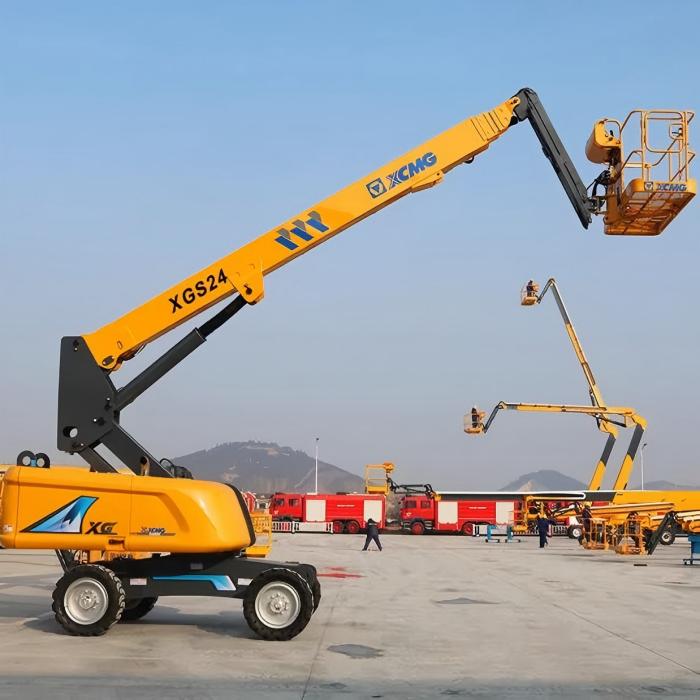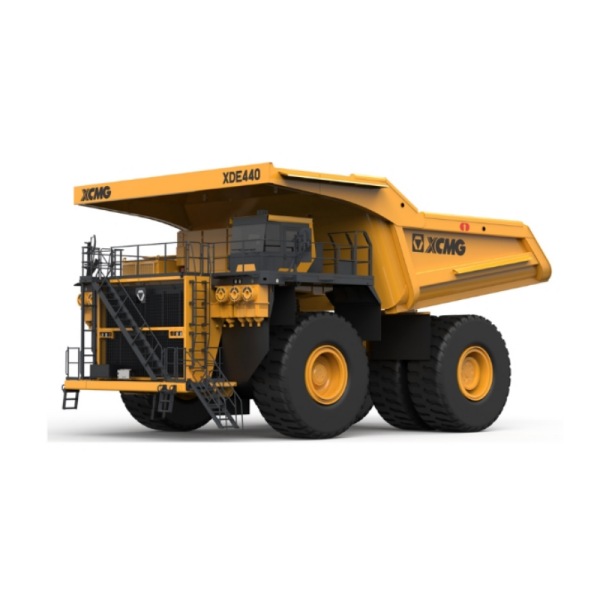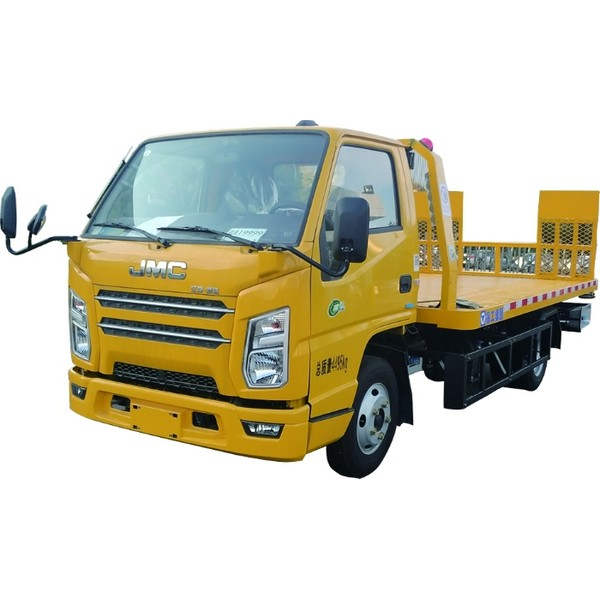The reason for the deviation of the hole in the rotary drilling rig
What is the reason for the deviation of the hole in the rotary drilling rig? With the rapid development of the pile foundation industry, rotary drills occupy a majority of the market share due to their environmentally friendly, convenient and efficient construction technology. However, under complex construction conditions, rotary drills inevitably have some shortcomings, such as inclined holes. one of them. Engineering specifications require that the verticality of drilling should be controlled within 1%, and the verticality requirement at some construction sites may even reach 5‰.
Effect of partial holes
Inclined holes not only have a negative impact on the quality of the project, but also cause huge economic losses and psychological impact on the construction party. Especially during the hole scanning and correction process, they may cause major secondary accidents, including: serious over-square, The hole collapses and the drill is buried, resulting in broken drill pipe key bars, oil leakage in the power head, wear and other equipment failures on the construction rotary drilling rig. How to effectively prevent drilling deflection accidents is an important task during the construction process of rotary drilling rigs.
Cause Analysis
2.1 Stratigraphic reasons
The uneven distribution of mechanical strength in the formation can easily induce oblique holes. Practice has found that inclined hole accidents are prone to occur in oblique rock formations, limestone cave formations, solitary boulder formations, hard rock formations, alternating soft and hard formations, and pebble layers.
2.2 Equipment causes and diagnosis
(1) Mast deflection
Due to equipment, debugging or operator operation, the automatic mast adjustment function of some rotary drilling rigs cannot guarantee the verticality of the mast, and the mast will be slightly deflected. During the construction process, the uneven settlement of the chassis caused by the vibration of the rotary drilling rig, pressure relief in the oil cylinder and other reasons will also cause the originally vertical mast to deflect. Mast deflection can be detected by borrowing a theodolite or total station from the construction party and using the instrument to detect the verticality of the mast.
(2) Reasons for drill pipe
When there are problems with the straightness of the drill pipe or the squareness of the drill pipe, the drill hole may also be deflected.
Judgment method:
① Drill pipe problems can be manifested by the wear of drilling tools. Frequently used drilling tools will have large wear on one side and small wear on the other.
② Use a soft string to hang a heavy object near the square head of the drill pipe, slowly rotate the drill pipe, and measure the distance between the four planes of the square head of the drill pipe and the vertical line to determine whether there is deviation in the square head of the drill pipe or the drill pipe. incline.
(3) Reasons for drilling tools
There are various reasons for drilling tools. For example, the drill bit connection square and the center guide cone are not located in the center of the barrel; the drill teeth are unreasonably arranged, resulting in unbalanced forces during drilling; the barrel taper is too large; the interior of the barrel is limited by the structure. (Unlocking structure, connecting shaft or inclined plate, etc.) forming slag accumulation, etc. Whenever an inclined hole occurs due to drilling tools, the forces on the drilling tools must be unbalanced, and the wear of the barrel wall, guide bars and drill teeth will also appear asymmetrical.
2.3 Reasons for operation
The operator is limited by his inherent thinking and operating habits. During the construction process, he cannot flexibly deal with geological changes and uneven settlement of the chassis due to vibration. For example, at the interface between soft and hard rock strata or at inclined rock locations, the operator cannot flexibly handle the situation. Pressure is applied to artificially deflect the borehole. In areas prone to deflection, priority is given to using drilling tools with higher cylinder heights, and conical drilling tools should be avoided as much as possible to increase the directionality of the drilling tools. Reduce the pressure and maintain a constant rotational speed. If necessary, hang the drill pipe to drill. After passing through the formation prone to deflection, drill again with pressure.
In short, the hole inclination phenomenon that occurs during the construction process of rotary drilling rigs is not simply caused by the objective aspects of equipment and geology, or by the subjective aspects of operation, or by some other factor. It must be considered comprehensively from multiple angles and aspects. The reason for the problem. To deal with any construction method issues in the construction of rotary drilling rigs, it is necessary to consider and coordinate the relationship between equipment, geology and operation during construction.
Please continue to pay attention to CCMIE for more exciting content. If you need to purchase rotary drilling drills, please contact us.







